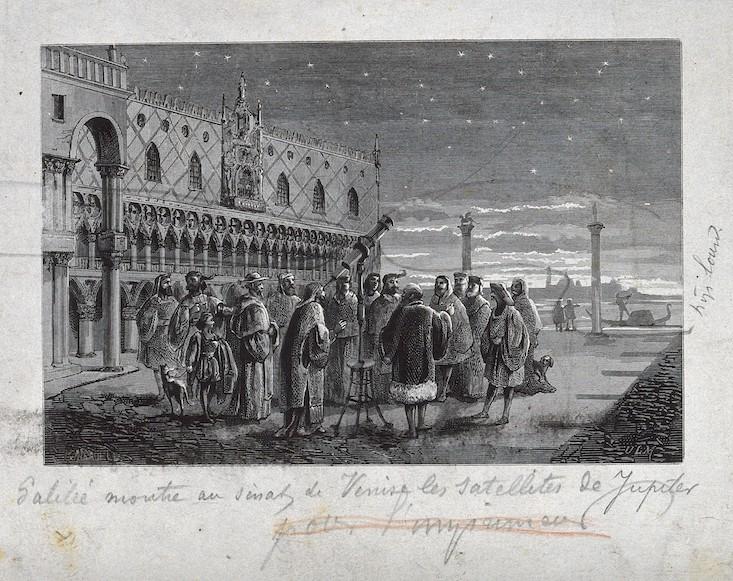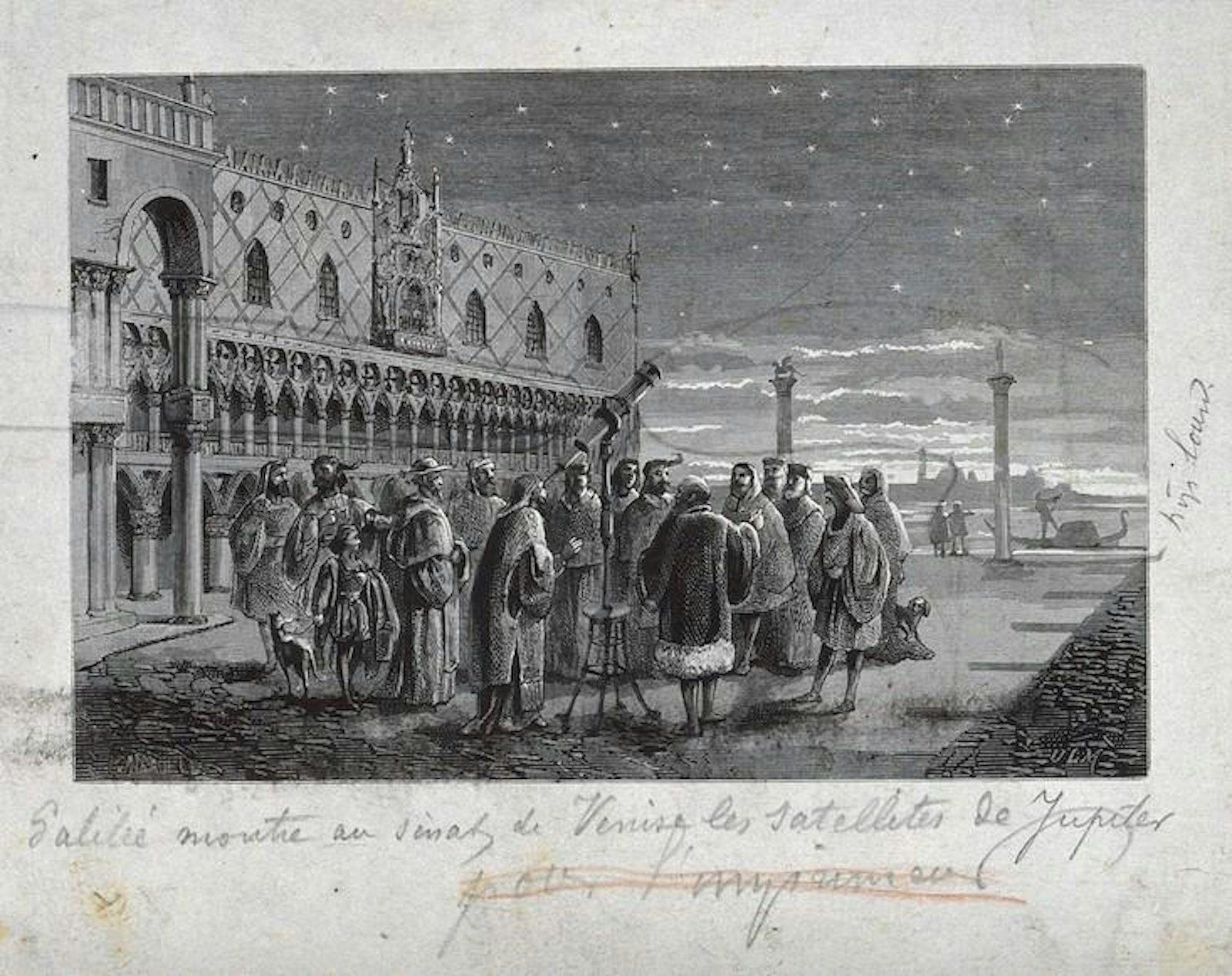
When I heard the news, I emailed my editor with my immediate reaction: “Bummer.”
For the fourth time now, humans have directly detected the collision of two black holes. The violent merger occurred over 2 billion years ago, between black holes with 25 and 31 times the mass of our sun. It released an energy equivalent to three times the mass of our sun (recall E=mc2) in the form of ripples in spacetime. After traveling about 2 billion light-years to the Earth, these ripples were nearly imperceptible, distorting space by about one-thousandth the diameter of a proton.
But LIGO (Laser Interferometer Gravitational Wave Observatory) and its newly awakened European counterpart Virgo were vigilantly watching for just this kind of signal.
LIGO has detected three merger events in the past two years. This is the first detection to include Virgo, though. Virgo’s addition to the hunt has caused a great deal of excitement for astronomers and physicists: with a third detector, researchers can triangulate, or determine the position of the gravitational wave’s source.
Physicists savored each rare event like they were droplets of water in a desert.
When LIGO and Virgo detected the signal in August, astronomers pointed traditional telescopes toward a region of the sky in hushed excitement. The rumor mill went into overdrive. The event, they said, might be a collision between two neutron stars, dense stars on the verge of collapsing into black holes. If that were true, regular telescopes could have observed celestial pyrotechnics unlike any we’d ever seen. We even published an anticipatory interview about the rumor and what it could portend.
Alas, with the analysis in, it’s clear now that what LIGO and Virgo saw was only two black holes colliding.
One and a half years after the first announcement of directly observed gravitational waves, these events are still lauded and hyped. Embargoed press releases are issued, a media blitz ensues, and papers detailing the result, inevitably, are accepted by the most prestigious journals.
Yet, there will come a time when it is not so. Eventually, as the observations pile up, we will expect more. Our reply to their discovery will be “another one?”
My expectations have shifted, and I’m sure the same is true of other science writers, and scientists themselves. This is not to demean the technical or scientific achievement of observing these gravitational waves. That can never be sneered at. Rather, it is to accept that like all good science, gravitational waves will become normal.
In the heyday of its infancy, genetic sequencing saw similar laurels. For the first few times, to peer at the blueprint of life was less scientific and more deific. Now, you can throw $100 to a company and get the ancestral secrets of your DNA online.
Revelation turns inevitably to registration.
When particles like the muon were first observed in cyclotrons, they were heralded. Physicists savored each rare event like they were droplets of water in a desert. Now, CERN’s Large Hadron Collider produces them by the billions every second.
The same thing has happened to exoplanets. With almost 4,000 exoplanets logged on the books, each new world no longer draws a surfeit of attention (unless it is particularly alluring—habitable, perhaps).
I look forward to the day when a journal will have reason to reject a paper for only observing a black hole merger. Why? Because science advances, and there is no surer sign of progress than our habituation to the extraordinary. Besides, the future is bright and we are hungry. Spacefaring interferometers 10,000 times more sensitive than our earthbound detectors will hear the cosmos with unimaginable clarity, cataloging dozens upon dozens of events. Headlines of the future might read: “First pulsar merger observed” or “New physics detected in supermassive black hole collision” or even “Trinary black hole collision observed!”
For now, the faint sigh of spacetime rippling from the collision of two black holes is still momentous. But revelation turns inevitably to registration. One day, detecting phenomenal cosmic events through gravitational waves will not make the news. Roger Ebert put it best:
How quickly we grow accustomed to wonders. I am reminded of the Isaac Asimov story “Nightfall,” about the planet where the stars were visible only once in a thousand years. So awesome was the sight that it drove people mad. We who can see the stars every night glance up casually at the cosmos and then quickly down again, searching for a Dairy Queen.
Dan Garisto is an editorial intern at Nautilus.
WATCH: Caltech astrophysicist and gravity wave hunter Chiara Mingarelli on scientists’ reaction to detecting gravity waves for the first time.































